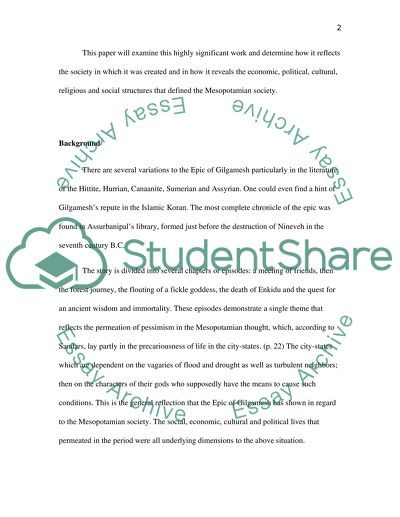Cite this document
(The Epic of Gilgamesh as Translated by Andrew George Book Report/Review, n.d.)
The Epic of Gilgamesh as Translated by Andrew George Book Report/Review. Retrieved from https://studentshare.org/literature/1561044-the-epic-of-gilgamesh-as-translated-by-andrew-george
The Epic of Gilgamesh as Translated by Andrew George Book Report/Review. Retrieved from https://studentshare.org/literature/1561044-the-epic-of-gilgamesh-as-translated-by-andrew-george
(The Epic of Gilgamesh As Translated by Andrew George Book Report/Review)
The Epic of Gilgamesh As Translated by Andrew George Book Report/Review. https://studentshare.org/literature/1561044-the-epic-of-gilgamesh-as-translated-by-andrew-george.
The Epic of Gilgamesh As Translated by Andrew George Book Report/Review. https://studentshare.org/literature/1561044-the-epic-of-gilgamesh-as-translated-by-andrew-george.
“The Epic of Gilgamesh As Translated by Andrew George Book Report/Review”. https://studentshare.org/literature/1561044-the-epic-of-gilgamesh-as-translated-by-andrew-george.


